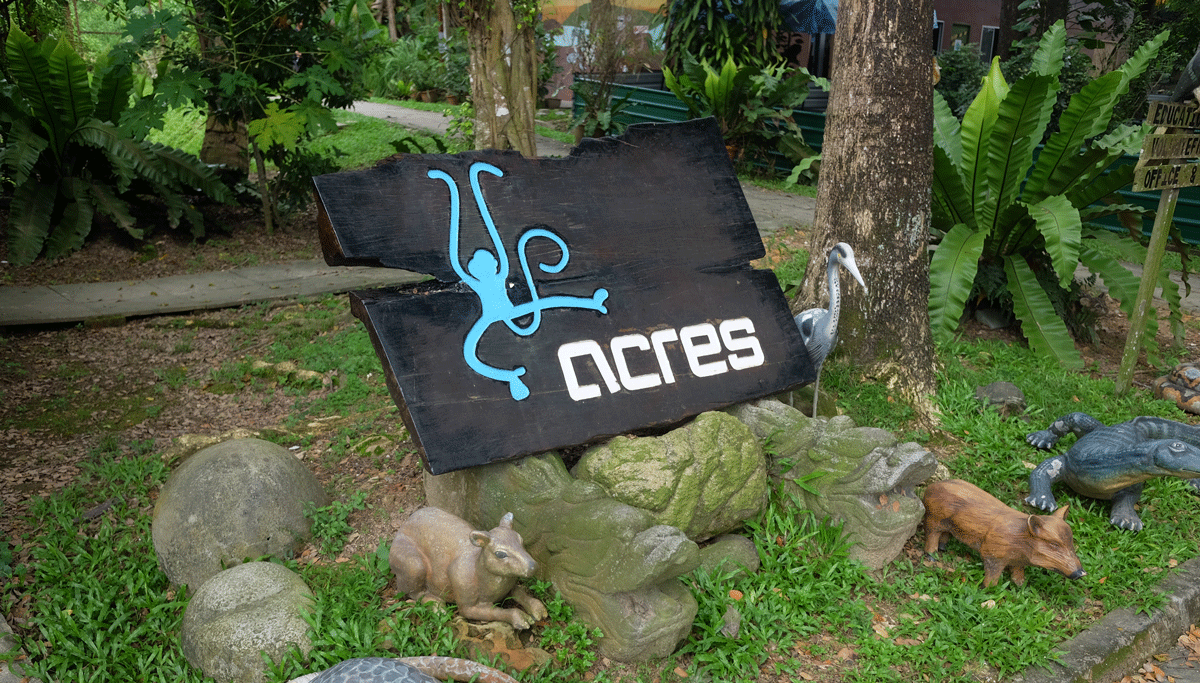It’s not everyday you find a 4 metre long albino Burmese python sprawled on a grass patch, or a 16 kg African Sulcata tortoise camped out at a nature reserve. Even coming across a South American red-footed tortoise plodding around Pasir Ris Park is as good as having seen the Loch Ness Monster.
But for Anbarasi (Anbu for short), the Deputy Chief Executive at ACRES (Animal Concerns Research and Education Society), it’s just a regular day in her life.
“It’s amazing what animals people will buy and what they’ll do to get rid of them,” she says. Although the trade of non-native wildlife is illegal in Singapore, our typically law-abiding citizens haven’t been the most obedient on this front.
It was for this reason that ACRES was set up in 2001. We often hear of their good work in the news; their efforts in tackling Singapore’s burgeoning illegal wildlife trade, and the extent to which they go to rescue and rehabilitate injured and abandoned animals.
What we don’t see, is what happens after that.
At present, the organization is home to over 170 illegally traded reptiles and 15-20 birds—a number that is steadily growing with each passing week.
The animals come into the care of ACRES during sting operations when the animals are confiscated from sellers, or when they’ve been found either abandoned or as escapees.
Upon reaching ACRES, 99% of these animals will then spend their rest of their lives stuck there, in limbo.
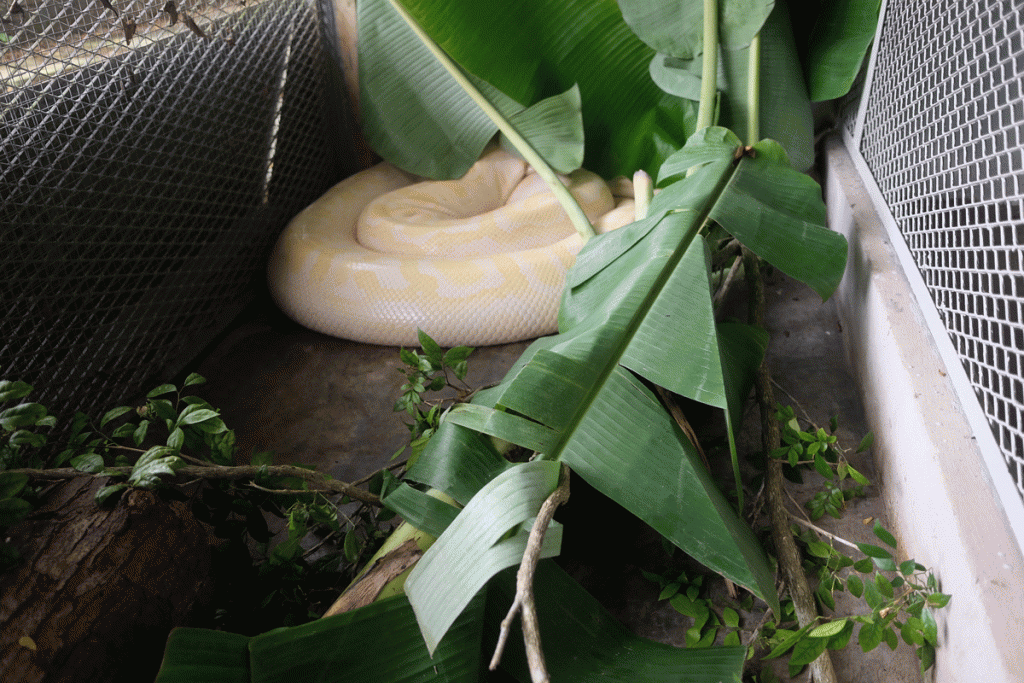

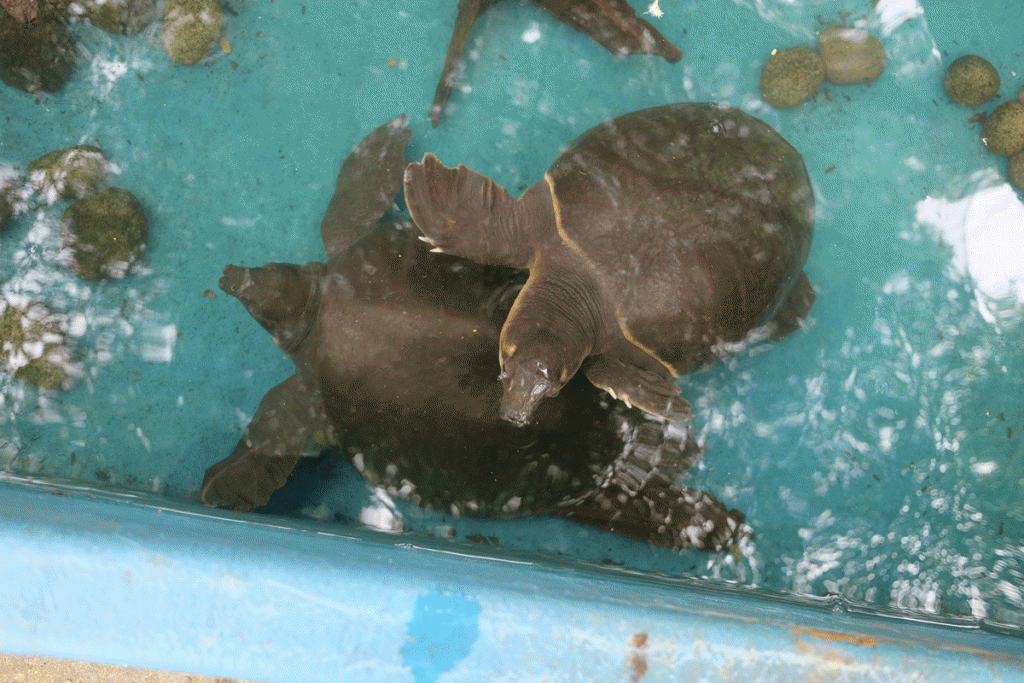
In an ideal world, all of ACRES’ animals would be repatriated back to their home countries and habitats as quickly and efficiently as they were smuggled over. But in reality, it was only in their 8th year of operations that ACRES finally managed to send back their first reptile: Rahayu, a Malaysian Giant tortoise.
Unfortunately, returning illegally traded animals to their native countries is an immensely difficult task. ACRES first needs to locate the animal’s country of origin, before finding a suitable habitat within it for the animal to ensure it doesn’t re-enter the wildlife trade.
Then there is the issue of finding a partner organisation or government body to receive the animal. After that comes the securing of permits—an export permit from Singapore and an import permit from the origin country.
It’s a process that can take years, if it even happens at all.
Blue, a monkey from the African Savannah and ACRES’ first animal to be rescued and repatriated, spent 2 years waiting in the Singapore zoo before heading home.
That said, there have been some wins. Following closely in Rahayu’s footsteps, a further 6 reptiles are set to be repatriated back to Malaysia.
“It helps if they’re endangered,” says Anbu. “It becomes much easier to secure the paperwork and expedite the process.”
On the other hand, there is no hope for certain species like the Green iguana which is considered a pest in South America and the albino python which would not be able to survive in the wild due to her colour.
“They’re never going to get the chance to go back,” she says, and so in ACRES they will continue to stay.
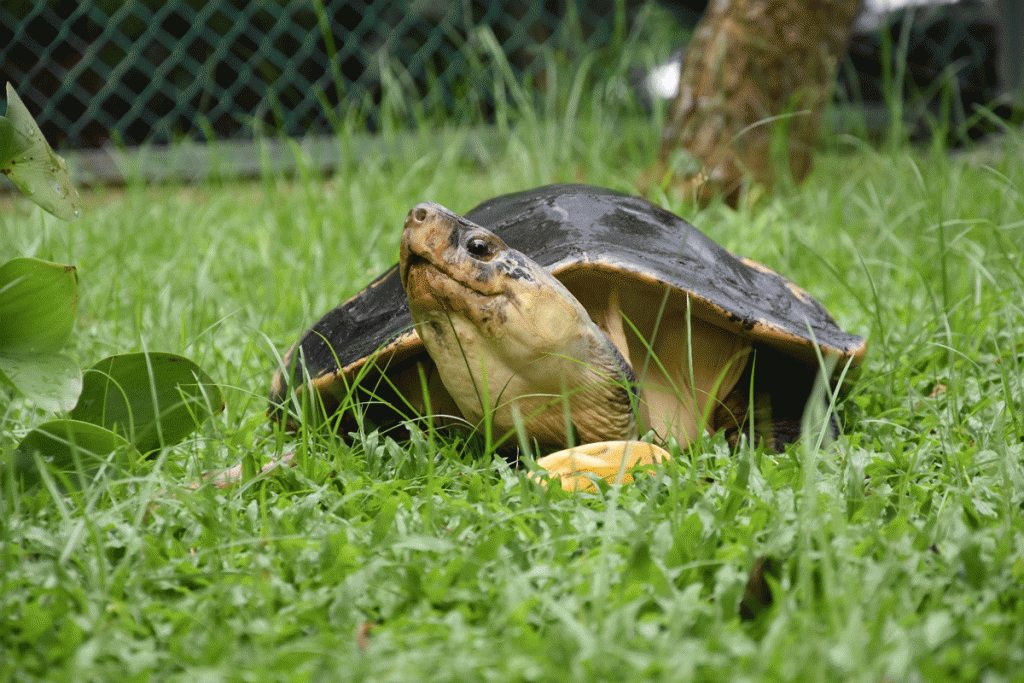

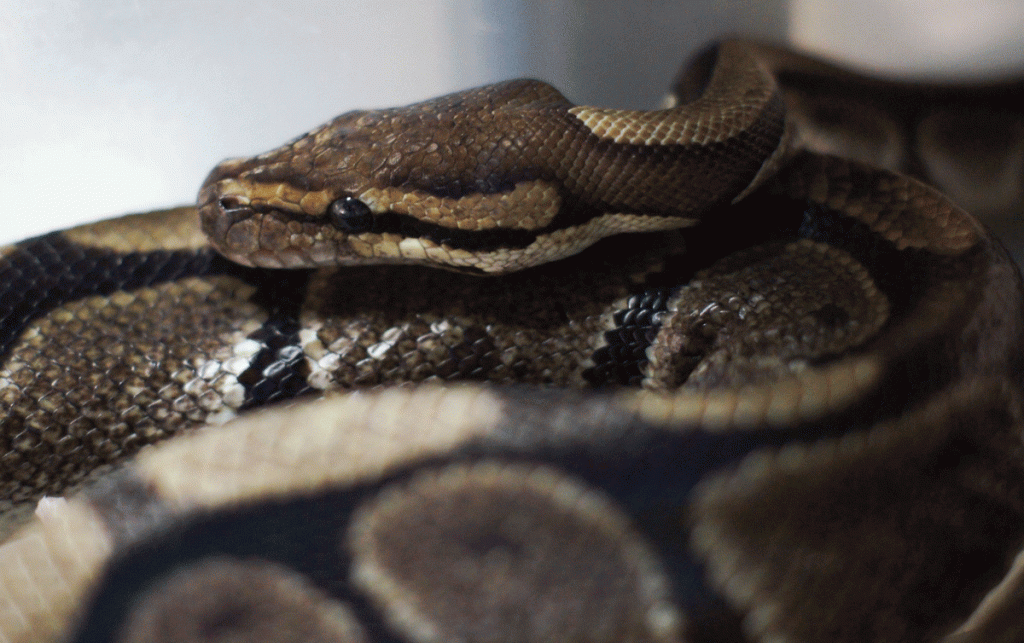
Unsurprisingly, their permanent residency here comes at a cost.
Like most charity organisations, ACRES is in dire need of funds—a fact that Anbu is anything but shy about disclosing.
At present, ACRES spends a total of about $60,000 to $70,000 every month. This covers rent, the salaries of about 20 staff members, the maintenance of their 3 rescue vans that run 24/7, and the care of its animals.
It’s an incredibly lean budget for such a large organisation and yet they face difficulties each month trying to raise that sum.
“We’re unable to, we’re struggling,” says Anbu.
“Is it because our animals aren’t very cute looking?” she wonders aloud.
At any point in time, ACRES only has about 2 to 3 months worth of savings in the bank, which doesn’t give them a lot of wiggle room for when things go wrong.
“Technically, we just need 7000 people to donate $10 a month. It sounds very easy right? But it is really as simple as that.”
Without this money, ACRES simply can’t grow. At present, all of ACRES’ animals—those in the pink of health to those on the brink of death, live together in a building that is meant only for quarantined animals.
But it wasn’t supposed to be this way.
Several years prior, when ACRES had finally raised enough money to build a larger sanctuary to house their animals, the contractor they hired to build it contaminated the land with woodchips.
This not only made the land unsuitable for the animals but also made the ground highly unstable. As a result, 1.5 hectares of their land now sits unused until they can raise enough money to replace all of the soil.
Given their space constraints, ACRES has had to turn away animals in the past, directing callers to the zoo or the bird park instead.
While Anbu acknowledges the difficulty of raising funds to build a new shelter, it doesn’t make her less determined to do so.
“It’s a worthwhile expenditure if it makes life better for the animals.”
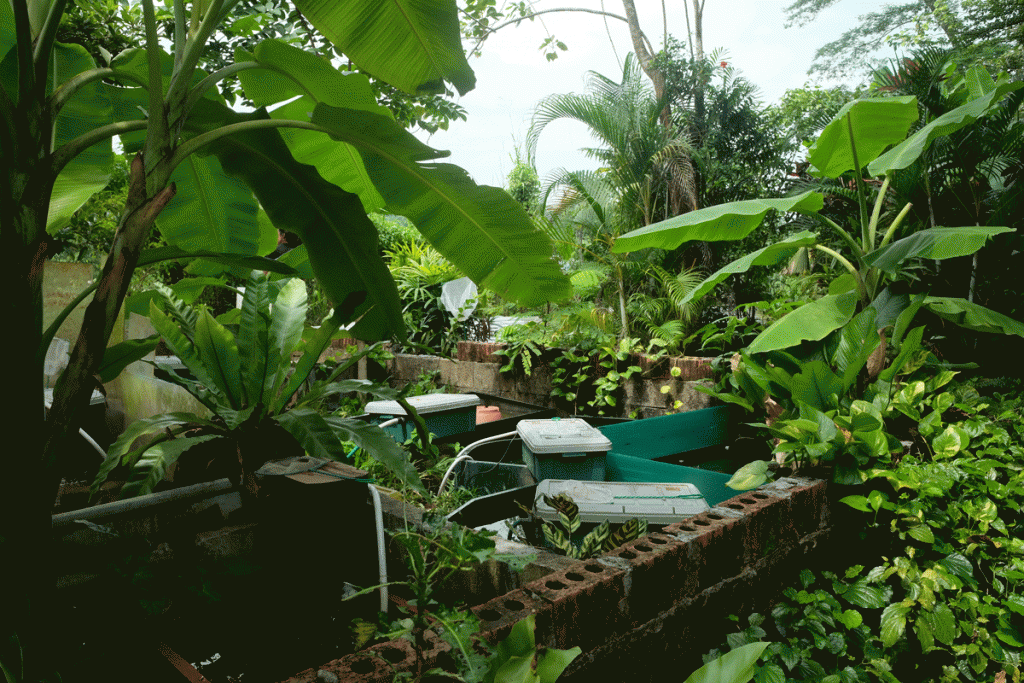
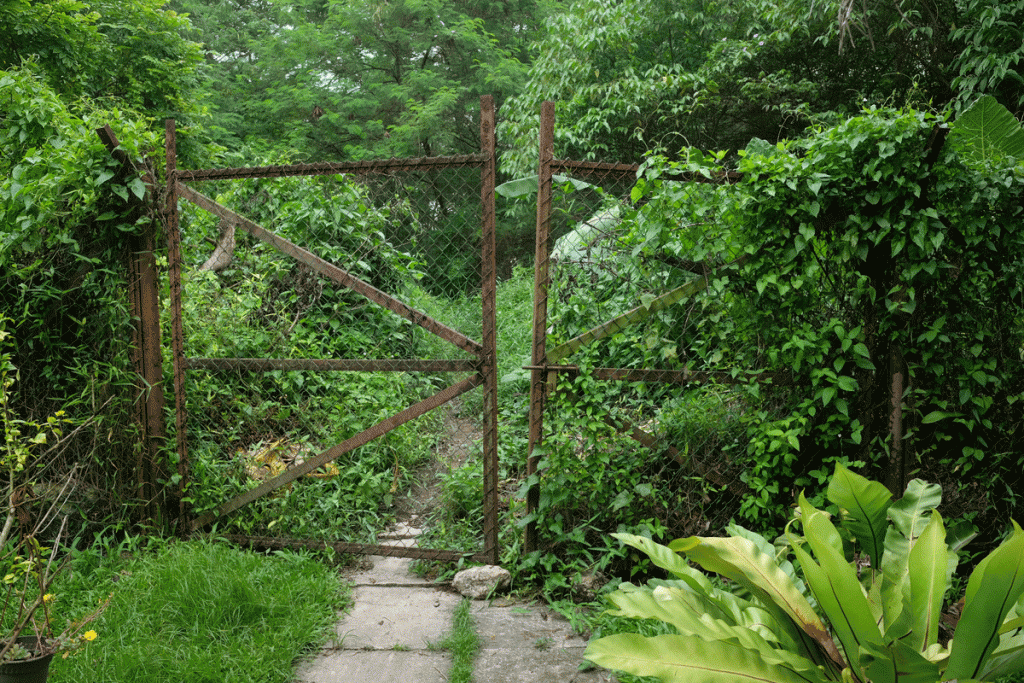
Given the sheer volume of animals and all the different species with different needs, one wonders how ACRES manages to handle it all.
Before joining ACRES, Anbu had spent time at a Cambodian rescue centre for a short training stint. The rest of ACRES’ animal caretakers also periodically visit rescue centres around Singapore and the world to pick up various handling, enrichment, and husbandry skills.
Usually, one person would attend on behalf of ACRES, before sharing the knowledge with the rest of the team.
“We can’t afford to send everyone,” confesses Anbu.
Even then, there are some things that even the best training can’t help with. One of these is finding the appropriate diet for each animal. Since many are non-native, the food they eat may not be readily found in Singapore.
“We’ve had to buy commercial pellets to substitute at times but as much as possible we do want to replicate what they can eat in the wild.”
Another problem ACRES faces is a lack of information. When animals come in, ACRES has no knowledge of their history or background, when they last ate, and what they ate. They’ve had animals arrive looking completely fine only for x-rays to reveal 6 fish hooks in their stomach.
It doesn’t help that each animal has his or her own idiosyncrasies as well.
“When I started I thought caring for turtles was going to be easy but no,” she laughs, “Turns out that this fella only likes red flowers or this fella only likes purple flowers.”
“You can place the recommended diet in front of them sometimes and they look at you like, what?”
She even tells me that the two large Sulcata tortoises Amber and Lola have a bit of politics going on between them.
To date, the biggest difficulty that ACRES has faced is with captivity.
Anbu is upfront about the fact that at the end of day, ACRES can only do so much for them. There are many of an animal’s needs that ACRES, much less any human, can’t fulfill. This is is precisely why they don’t make for suitable pets in the first place.
“Even here, I don’t think we can say that these animals are 100% happy.”
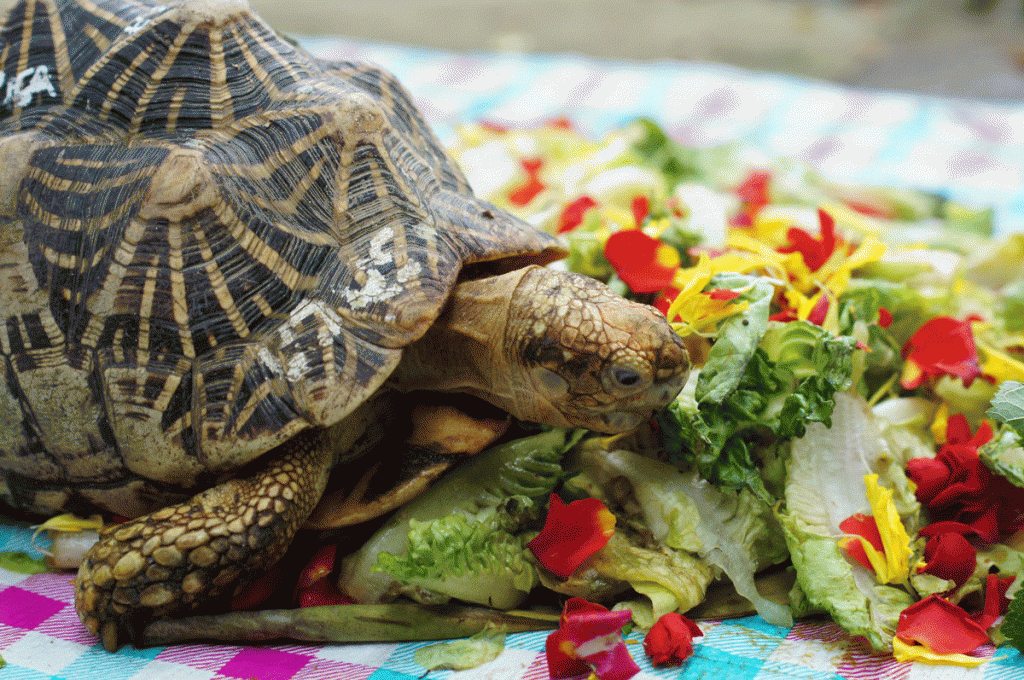

This wouldn’t be the case, Anbu says, if the online wildlife trade here wasn’t so rampant and unregulated.
“If today I decided to go and sell all these animals online, I could very well do it.”
While physical stores are required to have a licensing permit (which is monitored and regulated by the AVA in order to sell animals), no such regulation exists for the online trading and selling of live animals.
It’s so bad that even places like Carousell have a live animal category up on their site.
The lack of enforcement is especially puzzling given that AVA monitors the ads and sales of illegal animals, and yet has made no public moves to call for increased regulation.
“There’s a huge gap,” she tells me.
And that’s not the only area which could do with more enforcement. At present, there also exists a glaring lack of licensed ownership for animals in Singapore. While all dogs are required by law to be microchipped, other pets like hamsters, turtles, frogs, lizards, and birds are not, making it all too easy for owners to abandon an animal.
Unless the owner is caught on CCTV, it is impossible to track them down.
The lack of licensed ownership also makes it difficult for ACRES to return lost animals to their owners—in particular, ornamental birds.
“Bird-keeping is becoming a real trend again. It’s not so much the song birds but the younger generations who keep ornamental birds such as parrots and do free flying with them.”
Free flying, Anbu tells me, is the practice whereby owners work to develop a ‘bond’ with the animal before letting it fly free in the hope that it will come back to them at the end of the day.
Each week, ACRES receives about 2 to 3 lost parrots. She tells me of Facebook pages dedicated to birds that have been lost and (sometimes) found where there are multiple posts of owners having lost their birds due to free flying.
“Obviously, it hasn’t been working so well,” says Anbu. “Birds get lost all the time.”
It is for this reason that Anbu is a firm advocate against letting young children purchase live animals by themselves.
“You know that it is more difficult to buy a SIM card than it is to get a live animal? The priorities have to change,” she says, incredulous.
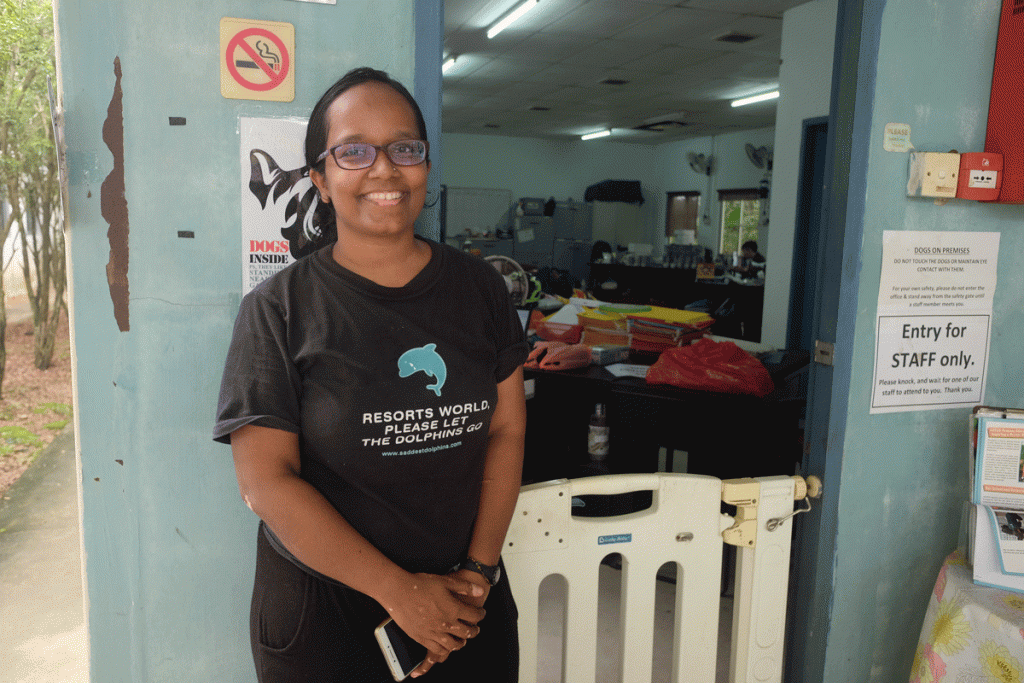

As I bid Anbu goodbye, I cast a final look around the office they’re working in.
It’s not much. The staff are in the midst of cleaning it, which they do themselves every Monday. There’s dust everywhere, no air conditioning, and the furniture is worn and creaky. Simple calculations also tell me that each of the staff members here, many who are in their late twenties and thirties, are receiving just over $2000 a month for their work.
It’s immediately clear then, why each person is here: not for themselves or money, but for the wellbeing and survival of Singapore’s animals.
The odds have long been stacked against ACRES, and everyone knows it’s tough being a charity in Singapore. But it’s even tougher when the law and Singaporeans don’t fully support what you’re doing.
All the same, as long as the animals keep coming, ACRES will be there.
If you wish to donate to ACRES, you can do so here.

